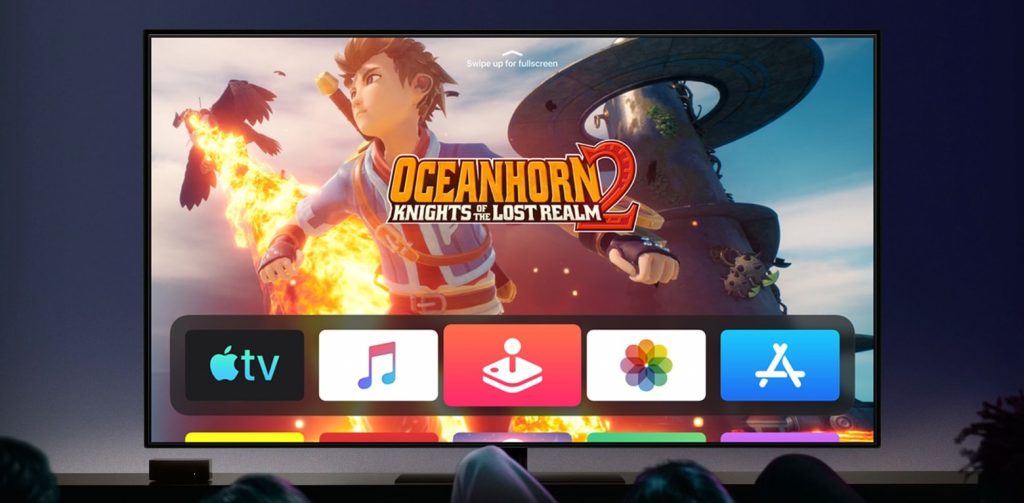
After more than 40 years of operation, DTVE is closing its doors and our website will no longer be updated daily. Thank you for all of your support.
TV and cloud gaming market to reach US$25 billion by 2025
 The value of the TV and cloud gaming hardware market will hit US$25 billion by 2025.
The value of the TV and cloud gaming hardware market will hit US$25 billion by 2025.
According to new figures from Jon Peddie Research (JPR), this jump will represent an 11.3% CAGR from 2019 and an increase of almost US$12 billion.
A number of telcos have heavily invested in cloud gaming products. In Germany, both Deutsche Telekom and Vodafone Deutschland have launched cloud gaming services, while Russian service provider Beeline is launching its own service under the Beeline Gaming brand.
Other operators are looking to existing systems as value added bolt-ons for customers. In January, BT became the first operator in Europe to sign a distribution deal with Google for its Stadia cloud gaming platform.
Apple has also launched its own gaming subscription service, albeit not one based in the cloud. The £4.99 per month Apple Arcade offers users unlimited access to a library of over 100 games across iOS, Mac and Apple TV devices – effectively turning the latter into a ‘micro console’.
Ted Pollak, senior analyst gaming industry said: “In the TV Gaming market we are observing a confluence of multiple factors coming together in the coming years which will produce ‘a perfect storm’ of market opportunity for many industry players. The big three of Microsoft, Sony and Nintendo are set to release new local processing hardware in this window. Cloud services such as Google Stadia, Nvidia GeForce Now, Sony PlayStation Now and other currently released cloud platforms should expand in quality and customer base. We expect new cloud gaming services from Microsoft xCloud, TenCent Start, and possibly something from Amazon to come into play. Additionally, we are forecasting AppleTV and other micro-console platforms to refine and expand.”
Jon Peddie, president of JPR, said: “Like most other expansions in gaming this comes down to the pixels and the networks. The resolution of TVs has quadrupled from the previous generation with 4K displays replacing 1080p as the standard. Gamers demand high frame rates. The processing load to draw these frames requires powerful hardware whether it’s local or in a data center. Internet speeds are getting faster and latency is dropping as the network edge moves closer to the user. We expect integrated cloud gaming services to come as a feature of future TVs. As with all of our gaming hardware analysis, we take into account the purchasing intent of the customer and reduce the market size for multi-use products to that which is impacted by the demand for video gaming capabilities.”


